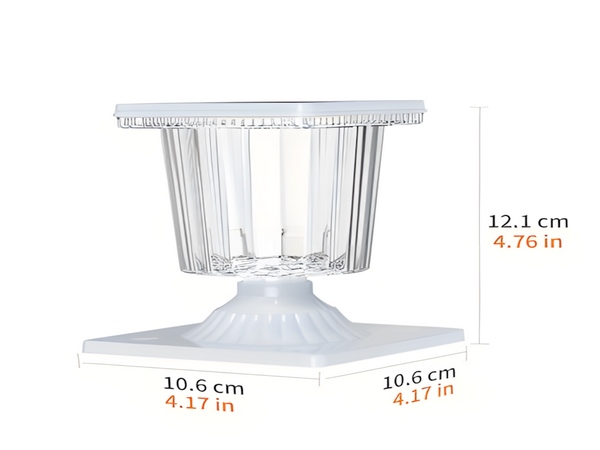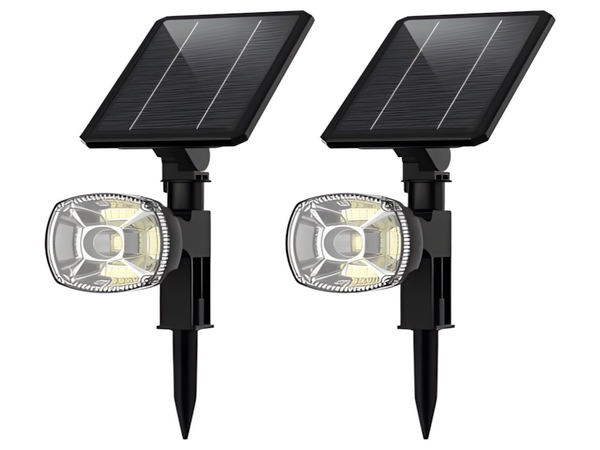
1. Land
The applicable scope of the “Land Control Indicators for Photovoltaic Power Plant Projects”: new, rebuilt, and expanded ground
Photovoltaic Power Plant Projects
, valid from January 1, 2016, for a period of five years.

The approval of land for photovoltaic power plant projects should be determined based on the total land scale and functional area land scale defined by these land indicators. Projects that require exceeding the scale should conduct land-saving evaluations for the construction project.
The feasibility study report for photovoltaic power plant projects should determine the overall scale and each functional area scale based on these land indicators. The report should provide a special explanation of the land scale determination.
2. Management of Solar Power Generation Scale

1) Unlimited scale:
Rooftop Distributed Photovoltaic
and ground completely self-consumed
Distributed Photovoltaic Power Stations
can be filed anytime by the regional energy authorities. Photovoltaic projects built on fixed agricultural facility rooftops should be treated as rooftop distributed photovoltaic; those built on simple agricultural greenhouses should be included in annual scale management.
2) Ordinary photovoltaic power station projects. Each year at the beginning of the year, the National Energy Administration assigns annual construction scales for photovoltaic power stations to various provinces (regions, cities). Each provincial (regional, city) Development and Reform Commission (Energy Bureau) self-determines the scale ratio for centralized photovoltaic power stations and distributed photovoltaic power stations. Each region should allocate the assigned construction scale to specific projects within one month after receiving the annual scale from the National Energy Administration, using competitive methods such as public selection and bidding, and report the project list to the National Energy Administration while submitting relevant information in the National Renewable Energy Information Management System.
3) Advanced technology photovoltaic power generation bases. The National Energy Administration will separately assign annual construction scales for advanced technology photovoltaic power generation bases. Comprehensive ecological governance of coal (mine) subsidence areas, facility agriculture, fish farming, abandoned oil fields, and other comprehensive utilization, along with ultra-high voltage power delivery corridors, should be planned based on city units, with a planned capacity of no less than 500,000 kilowatts. Photovoltaic power station projects within the bases should be allocated through competitive means, and each base should first formulate competitive project allocation methods, submit them to the National Energy Administration for record, and then organize a selection of investment enterprises for unified construction coordination.
3. Competition Methods for Solar Power Generation
Photovoltaic power station projects should generally adopt competitive allocation methods.
1) Competition methods for ordinary photovoltaic power station projects. Provincial energy authorities are responsible for formulating competitive allocation methods for ordinary photovoltaic power station projects, which should be submitted to the National Energy Administration for record and made public. Competition methods include: for projects without confirmed investment entities, investment entities should be selected through competitive means; for projects that have initiated preliminary work and confirmed investment entities, annual new construction scale indicators should be allocated through competitive means. The capacity of a single distributed photovoltaic power station should not exceed 20,000 kilowatts (those for entirely self-consumed need not adhere to this limit); the capacity of a single centralized photovoltaic power station should generally not be less than 20,000 kilowatts.
2) Competition methods for advanced technology photovoltaic power generation bases. Provincial energy authorities will organize regions that meet construction conditions within their province (region, city) to formulate advanced technology photovoltaic power generation base plans. After scientific demonstration and authoritative agency review, the plans, along with the base project’s competitive allocation methods, will be submitted to the National Energy Administration for approval. The investment entities for base projects should be determined through market competition. To ensure the scale economy of base projects and to leave room for promoting technological progress, the recommended capacity for a single photovoltaic power station project within the base is above 100,000 kilowatts, but not less than 50,000 kilowatts.
3) Grid-connected electricity price as an important competitive condition will have at least 20% of the weight in the comprehensive scoring during the competition. The grid-connected electricity price shall not exceed the locally determined benchmark grid-connected electricity price for photovoltaic power generation.
4. Information Platform Reporting Mechanism
Projects that obtain the annual construction scale for photovoltaic power should strictly adhere to the requirements of the “Notice from the National Energy Administration on Implementing Information Management for Renewable Energy Power Generation Projects” and be incorporated into the management of the renewable energy power generation project information management platform of the National Energy Administration. Projects that cannot connect to the grid, be included in the subsidy directory, or obtain electricity price subsidies due to incorrect information submission or untimely reporting will bear the relevant responsibilities on their own.
5. Photovoltaic Poverty Alleviation
Focus on key areas and groups, with a focus on energy poverty alleviation targeted at registered impoverished populations, especially those who have lost their labor capacity and ability to escape poverty, to enhance the precision of poverty alleviation efforts. Ensure a tilt towards revolutionary old areas, ethnic regions, border areas, and contiguous impoverished areas. The goal: continue to expand the scope of photovoltaic poverty alleviation, focusing on 451 impoverished villages registered among the 15 provinces (regions) with good sunlight conditions (average utilization of more than 1100 hours per year). By 2020, achieve the goal of increasing the average income of 2 million registered impoverished households by over 3,000 yuan. Encourage the combination of photovoltaic power generation with planting and breeding industries, fully utilize barren mountains, slopes, fish ponds, greenhouses, and other agricultural facilities to increase the income of impoverished populations. Strengthen efforts to utilize agricultural and forestry waste, and promote the diversified development of rural energy supply methods.
The above content is provided by
Photovoltaic Manufacturers
!



